What’s the Future of Virtual Concerts and Live Streams
The landscape of live music and entertainment is undergoing a dramatic transformation as virtual concerts and live streaming platforms surge in popularity. From major artists to indie performers, the music industry is embracing digital innovation, reshaping how fans connect with their favorite acts. This article delves into the exciting evolution of these technologies, explores their growing influence, and provides actionable insights for both fans and creators. Discover how to navigate, participate in, and benefit from the future of virtual events.
The Evolution of Virtual Concerts
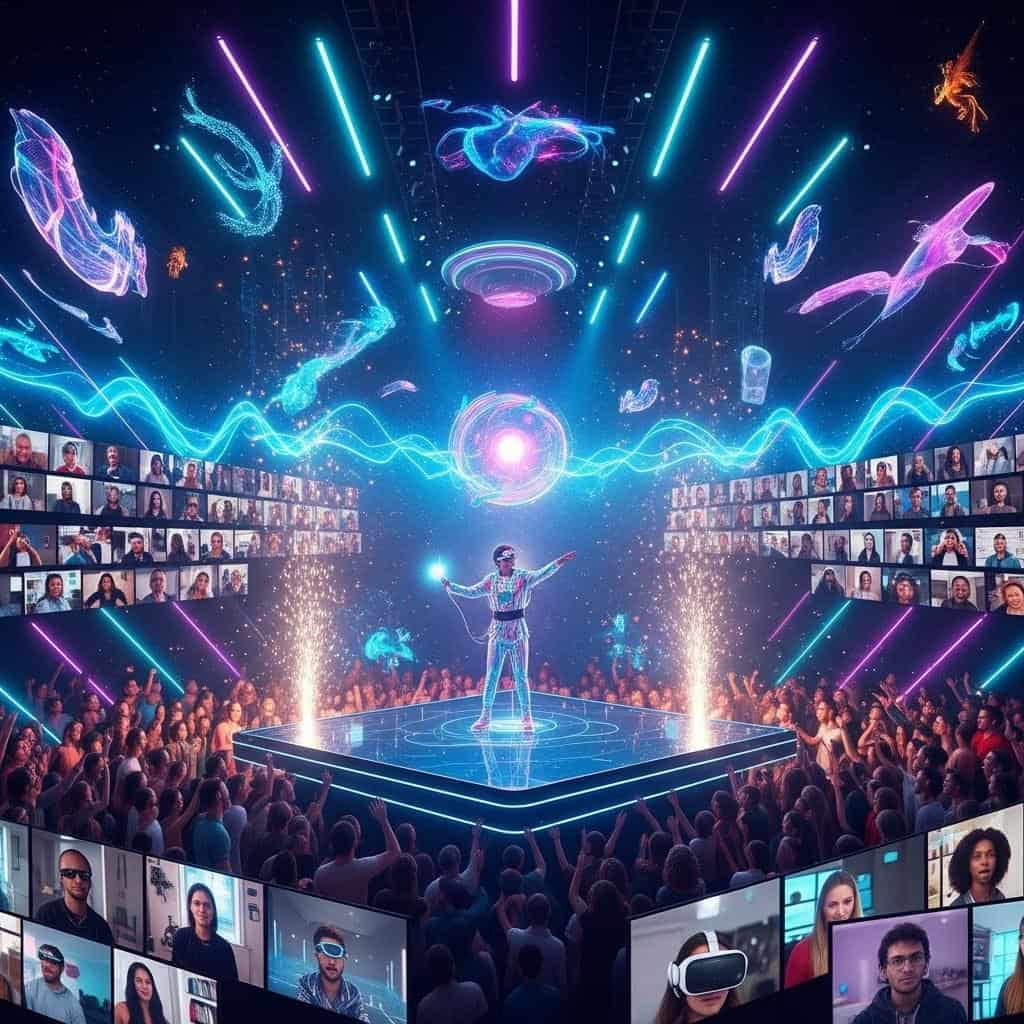
Virtual concerts have come a long way from early live streams on platforms like YouTube Live to immersive experiences powered by cutting-edge technology. The COVID-19 pandemic accelerated their adoption, forcing artists and organizers to rethink traditional events and connect with audiences remotely.
Now, with advancements in streaming quality, interactive features, and virtual reality, digital performances rival physical shows in engagement and reach. Major festivals and artists, such as Travis Scott’s Fortnite concert, have set new standards, demonstrating the possibilities of this evolving format. Learn more from Rolling Stone.
Evaluate Available Platforms and Technologies
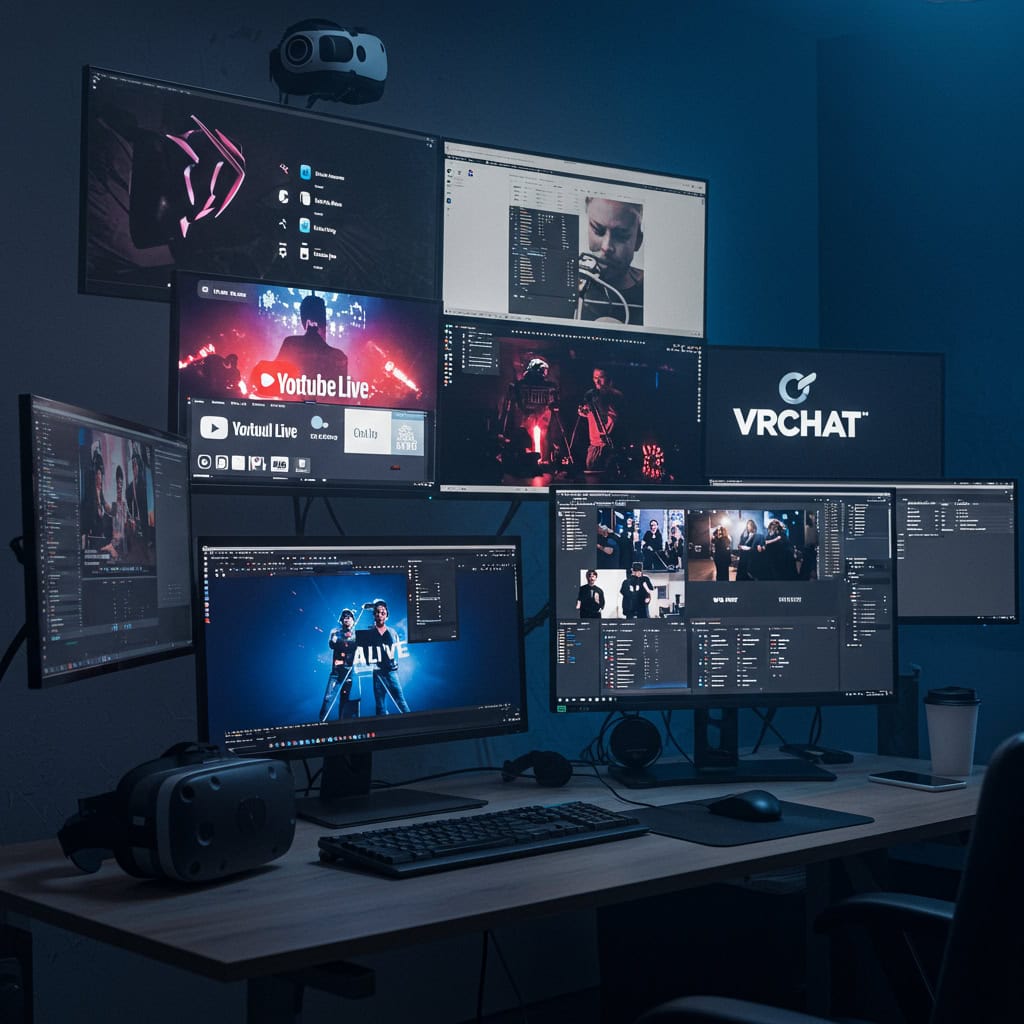
Choosing the right platform is crucial for delivering an engaging virtual concert experience. Popular services like Twitch, YouTube Live, and Facebook Live offer robust streaming capabilities and interactive features such as live chat and polls.
Emerging technologies like virtual reality (VR) and augmented reality (AR) are redefining audience participation, with platforms such as VRChat and Wave. Consider scalability, accessibility, and the ability to reach diverse audiences when choosing a solution.
Enhance Audience Engagement in Virtual Environments
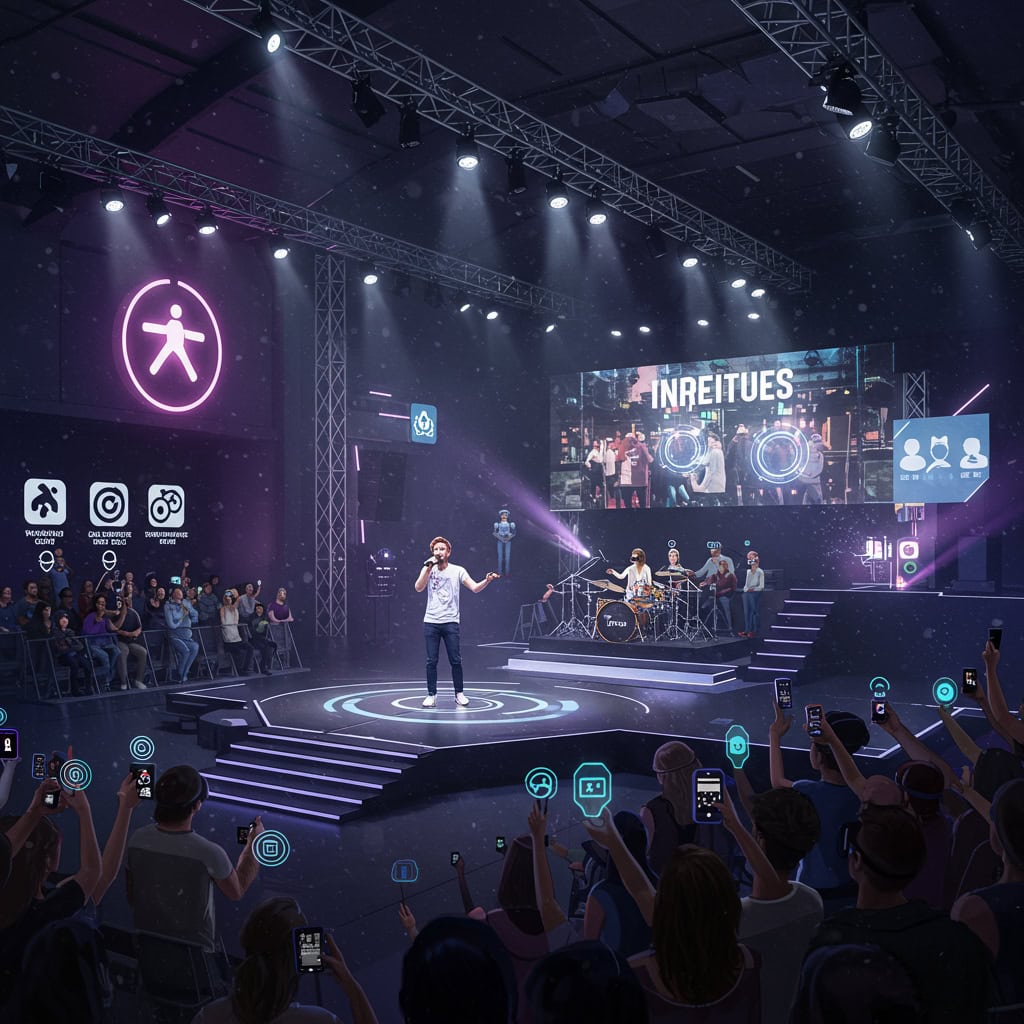
To maximize engagement during virtual concerts, artists and organizers can leverage interactive tools like live chat, Q&A sessions, and real-time polls. Gamification elements—such as virtual rewards, challenges, or digital collectibles—create memorable, participatory experiences.
Immersive technologies, including VR and AR, allow fans to interact with performers and fellow viewers, blurring the line between audience and stage. Platforms like Moment and Tiltify showcase innovative engagement models. For more on best practices, see this guide by Music Ally.
Monetize Virtual Concerts Sustainably
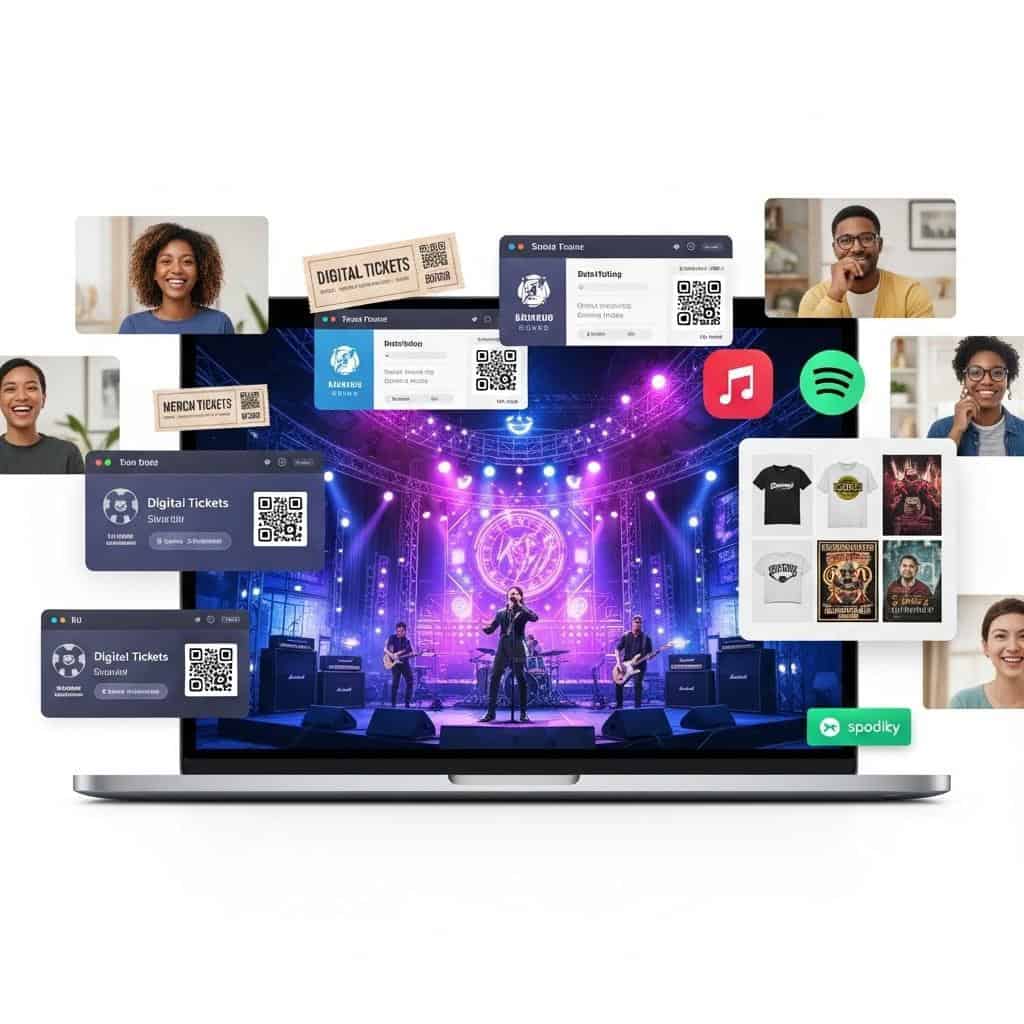
Generating sustainable revenue from virtual concerts involves multiple strategies. Ticketed access to exclusive performances, pay-per-view models, and tiered pricing can create value for fans. Integrating merchandise sales directly into streams, as seen on StageIt, boosts income.
Sponsorships from brands and partnerships with platforms provide additional financial support. Subscription-based content, such as monthly fan clubs or behind-the-scenes access, cultivates recurring revenue. Combining these approaches enhances profitability while maintaining audience loyalty. For further insights, explore Music Business Worldwide’s guide.
Address Technical Challenges and Ensure Accessibility
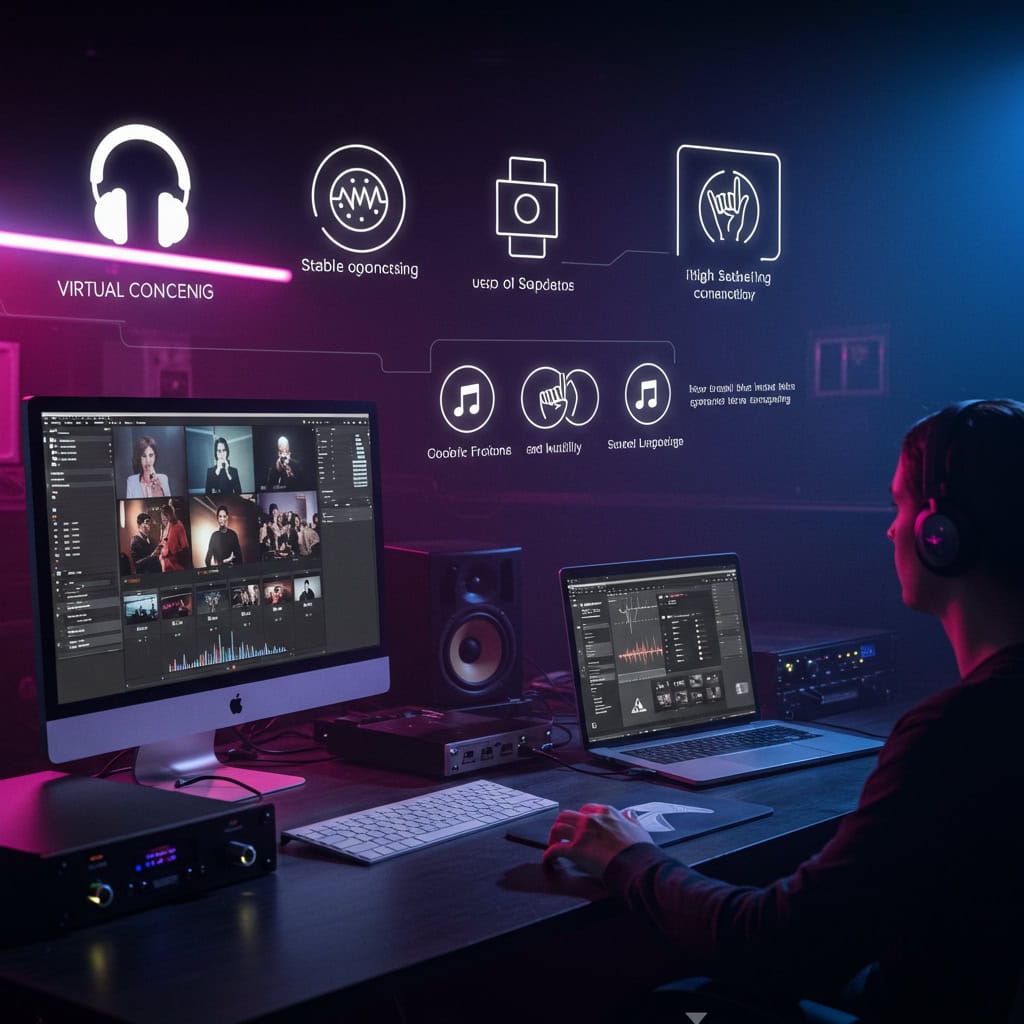
Successfully hosting virtual concerts requires addressing technical issues such as stable internet connections, high-quality audio, and seamless device compatibility. Employing dedicated streaming software and conducting pre-event testing can mitigate disruptions.
Accessibility is equally vital—offering closed captions, sign language interpretation, and multi-language options ensures inclusivity for all viewers. Platforms like Zoom and StreamText support these features, broadening event reach. For comprehensive accessibility guidelines, refer to W3C’s online events tips.
Leverage Data and Analytics for Improvement
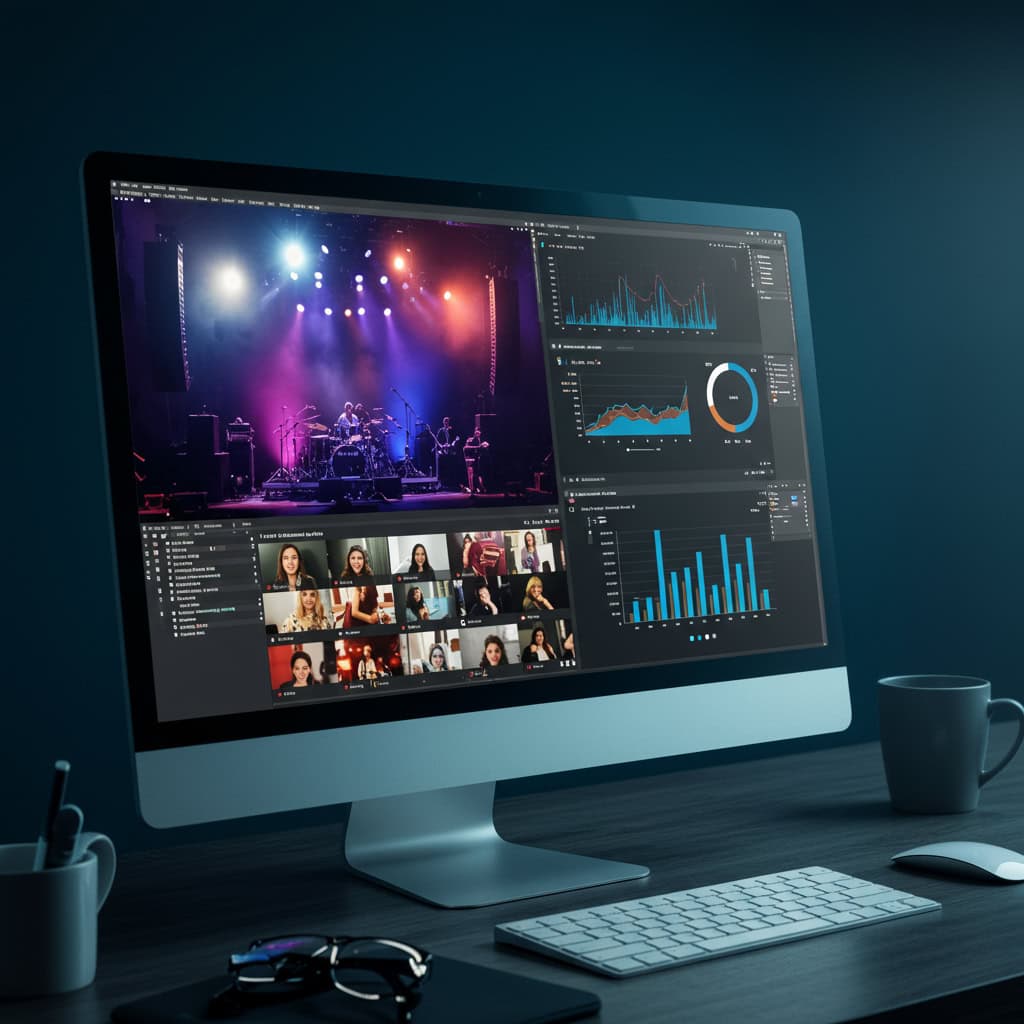
Collecting and analyzing data from virtual concerts is essential for refining future events. Platforms like YouTube Analytics and Twitch Creator Dashboard provide insights into viewer behavior, watch time, and peak engagement.
Monitoring metrics such as chat activity, poll responses, and drop-off rates helps identify what resonates with audiences. Gathering direct feedback through post-event surveys enables continuous improvement and tailored content. For more on leveraging analytics, see Eventbrite’s virtual events data guide.
Anticipate Future Trends and Innovations
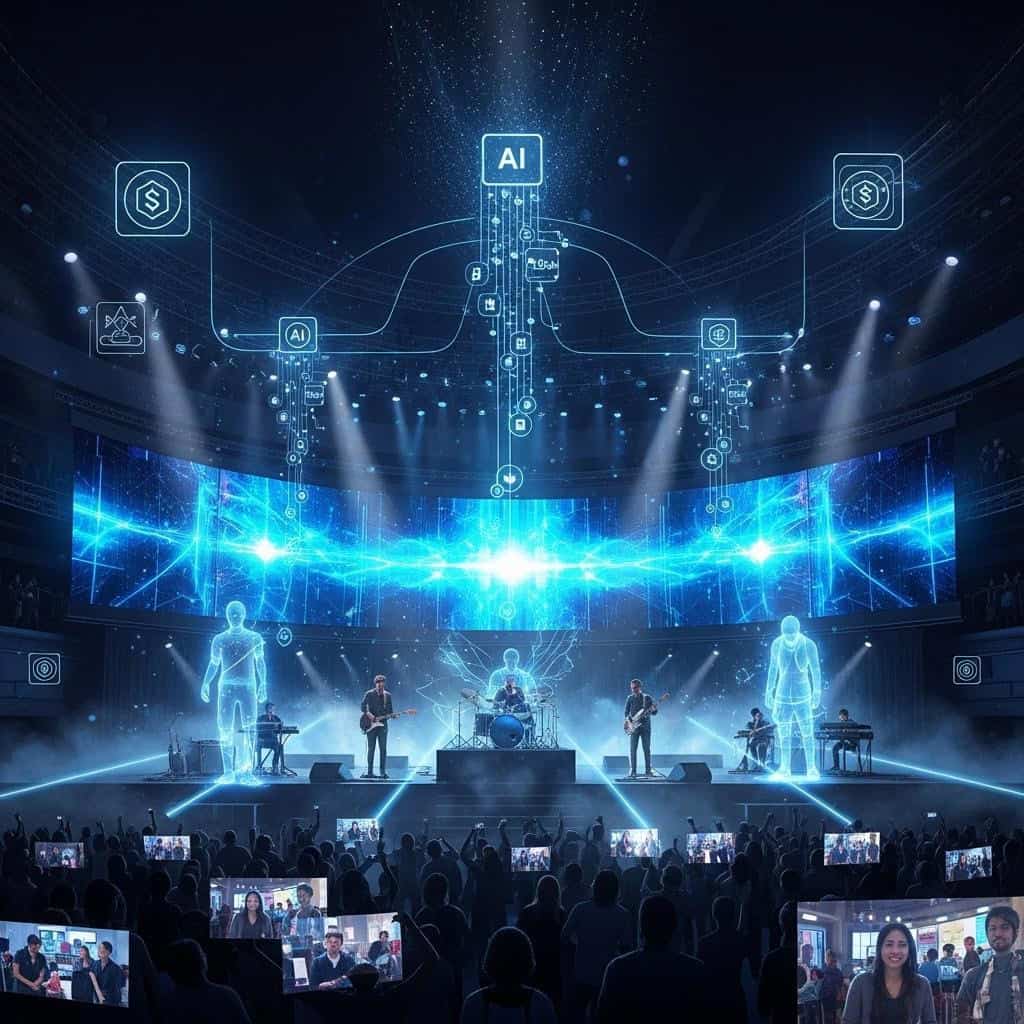
Staying competitive in the evolving world of virtual concerts means keeping an eye on emerging trends. AI-driven personalization is set to tailor content to individual preferences, while blockchain ticketing solutions, like those explored on CoinDesk, promise enhanced security and transparency.
Hybrid events that blend physical and virtual experiences are becoming the new norm, offering broader reach and flexibility. To thrive, artists and organizers should commit to ongoing learning and experimentation. For a deeper look at future innovations, visit Music Business Worldwide.
Conclusion
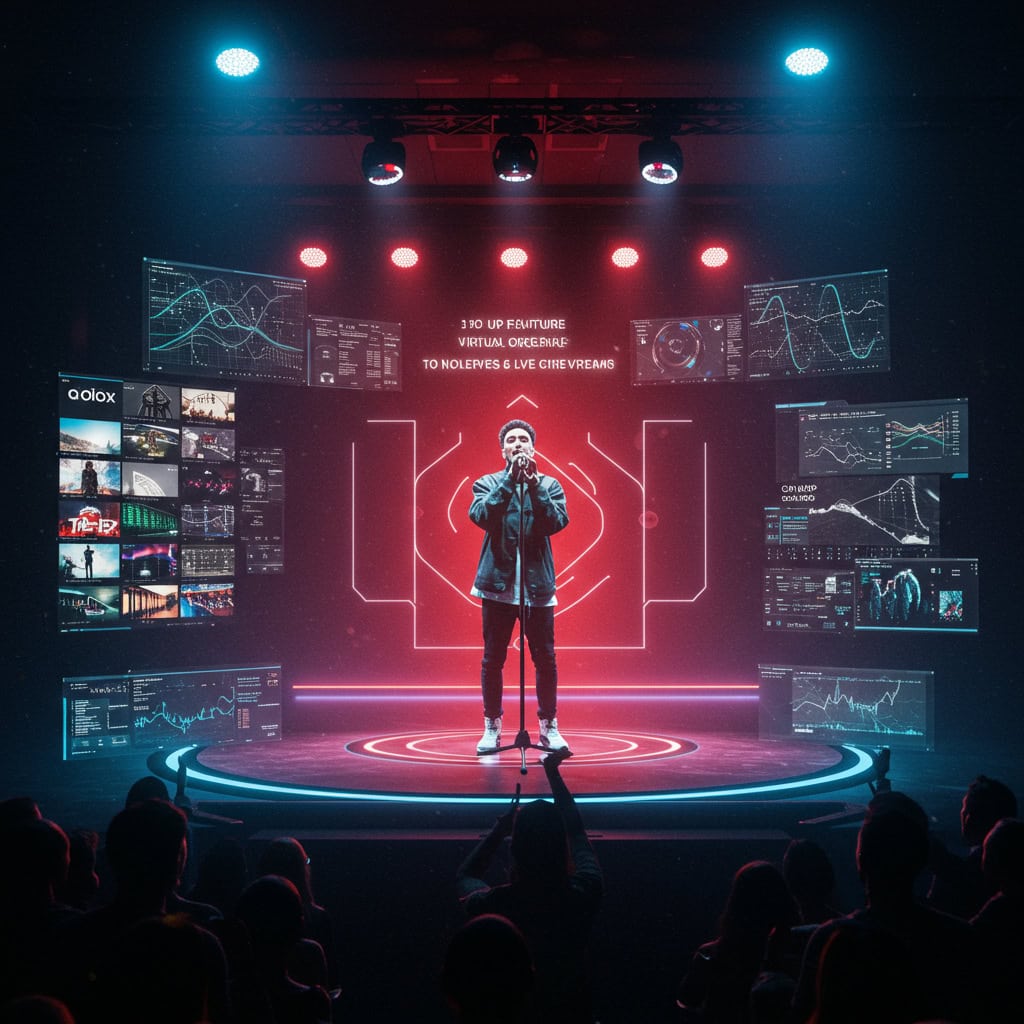
The rapid evolution of virtual concerts and live streams presents both exciting opportunities and unique challenges for artists, organizers, and fans. By understanding technological advancements, leveraging data, and embracing innovation, stakeholders can unlock new ways to connect and generate value.
Success in this digital frontier requires ongoing adaptation and a willingness to experiment. As the lines between physical and virtual experiences blur, those who stay informed and proactive will thrive. For further analysis on the future of live music, visit Forbes Tech Council.






